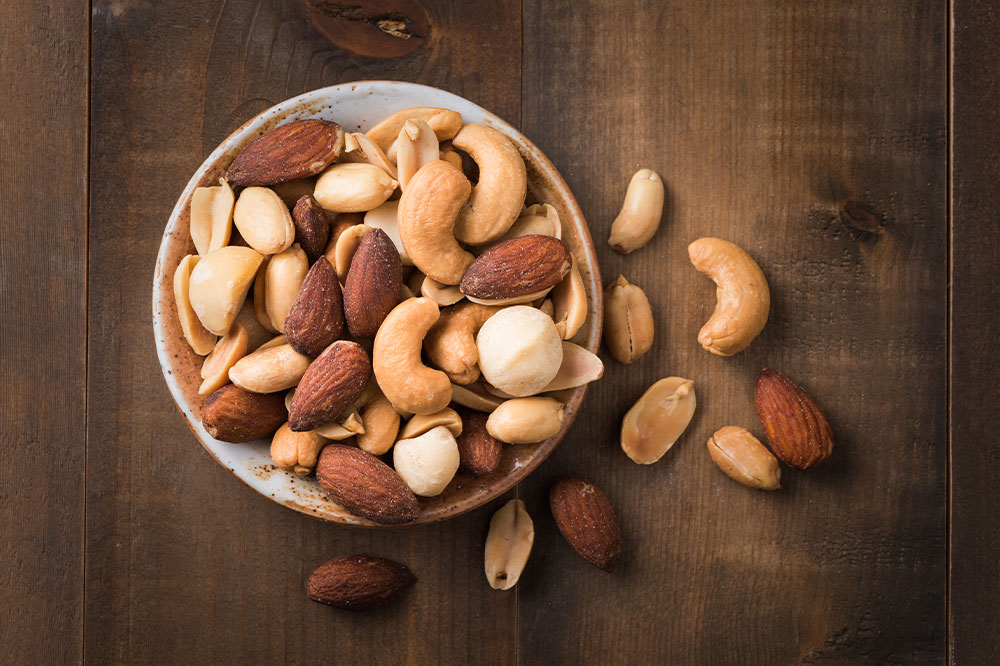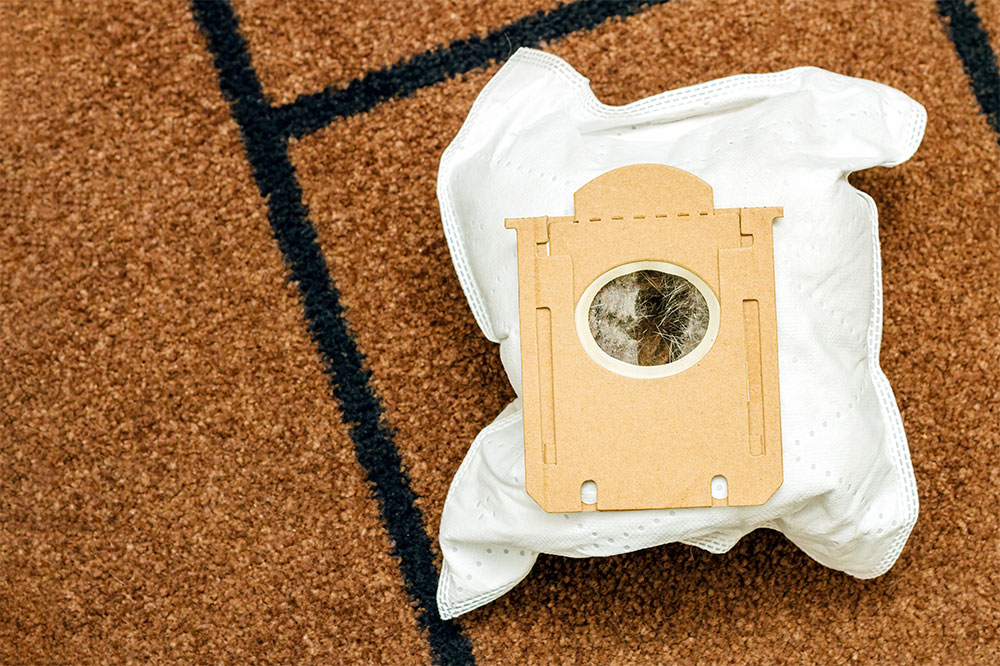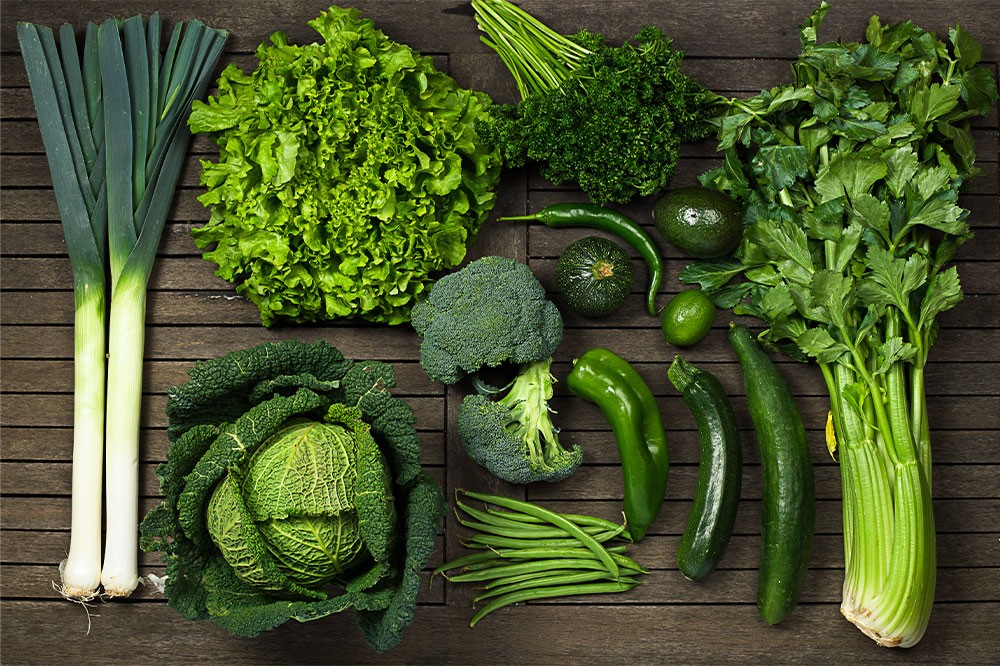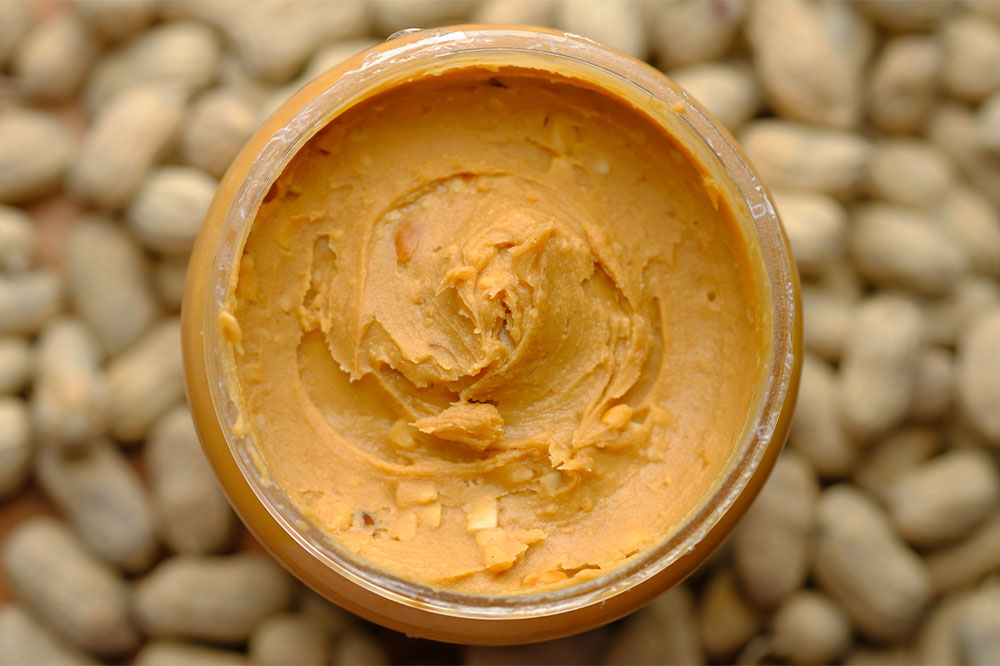12 warning signs of kidney cancer

The kidneys’ primary function is to filter blood and remove any harmful properties. However, individuals can develop masses such as growths or tumors inside the kidneys, which can stop them from doing their job properly. And while these could be signs of other health conditions, they may also indicate kidney cancer. Therefore, it is essential to learn about the signs of this mutation to receive a diagnosis as soon as possible.
Here are a few signs that point toward kidney cancer:
- Blood in the urine (hematuria)
The normal color of urine ranges from clear to pale yellow. Sometimes, this color may also change based on the foods one eats. For example, blackberries, beets, and fava beans may turn urine pink or red. Furthermore, certain treatment options may cause the color of the urine to turn orange or green. However, the reddish color of one’s urine might indicate that something isn’t right with the organ. It could point toward the presence of an infection or cancer. A healthcare expert must immediately diagnose such developments. - Abdominal lump
One of the most common indicators of kidney cancer is a hard lump that forms in the abdominal region. The development may occur in the front or rear of the region. Furthermore, this complication may also feel like a dense or hard bulge under the affected skin. Though a lump in the abdominal region is a common warning sign of kidney cancer, it may not show up in the early stages. Therefore, when one notices such a symptom, one must get an expert’s opinion. - Lower back pain
Aches and pains may occur due to several factors, such as age and injuries. But lower back pain is also an early indicator of late-stage kidney cancer. The symptoms are unlike typical muscular pains. Instead, the pain caused by kidney cancer might result in an unbearable, stabbing sensation. Moreover, the effects on the lower back may persist as a dull ache for several days. The pain may also be noticed on the side of the body or in the abdomen. - Redness of the skin
Sometimes an individual may feel a redness of their skin (flushing), coupled with warmth or a burning sensation in the neck, face, or extremities. While the sign could be related to other health conditions, it could also be caused by malignant kidney growth. - Loss of appetite
The loss of appetite may be associated with factors not triggered by underlying diseases. One may lose their appetite due to aging, grief, smells, and nervousness. However, someone who suddenly loses their appetite might need to visit a healthcare expert. It could be an indicator of advancing cancer in the kidneys. - Sudden reduction in pounds
An individual may lose a couple of pounds due to several factors. But a loss of five percent or more over six or twelve months may require a visit to the healthcare provider. Such a loss in body mass is associated with various signs of cancer, including malignant growths in the kidneys. - Swelling in the legs and ankles
The kidneys play a vital role in regulating fluid and electrolyte balance in the body. However, cancerous growth in the organ could interfere with the regulatory process. The interference may result in fluid retention, leading to swelling in the ankles, legs, and feet. Therefore, if an individual notices such signs, they must get them checked by a healthcare professional immediately. - Fatigue
Fatigue is a constant feeling of weakness or tiredness. Its cause is usually associated with poor lifestyle choices, including a lack of proper exercise or sleep. However, an exhausted individual who finds it tough to carry out simple tasks is an early indicator of kidney cancer. They may experience this symptom even if they are well-rested and have not run out of energy. The condition might occur when a tumor is present in the kidneys. The growth may prevent the organ from telling the body to produce red blood cells. And lower levels of RBCs could lead to anemia, followed by feelings of fatigue. - Swelling of the scrotum (varicocele)
The veins are responsible for the transportation of oxygen-depleted blood from the testicles. However, sometimes an individual may develop a varicocele, an enlargement of the veins within the loose bag of skin that holds the testicles (scrotum). While the exact cause of these complications is yet to be determined, experts believe a kidney tumor might contribute to their development. In addition, the cancerous growth may affect blood flow to the scrotum, which could lead to swelling of the scrotum. - Intermittent fever
One may develop a chronic fever that comes and goes. However, the symptom may occur without any noticeable signs of infection. Such a fever is a common warning sign of kidney cancer, especially if it crosses temperatures over 100.4 degrees F. If one develops an unusual fever, one must visit a healthcare expert immediately. The professional should be able to assess if the cause of the symptom is linked to a type of disease, including kidney cancer. - High blood pressure
The kidney produces a hormone that plays a vital role in regulating blood pressure. But multiple factors could lead to high blood pressure, such as eating unhealthy foods, not exercising enough, stressing out, and age. But if one lives a healthy lifestyle and still develops high blood pressure, they must get it diagnosed by a healthcare expert. It could be an indicator of growth in the kidney that could be cancerous. Furthermore, one should treat the condition as soon as possible because high blood pressure may lead to excessive kidney damage. - Pain in the bones
Pain in the bone is the second-most common site of kidney cancer as it advances. The pain from the metastases could be severe and is usually not associated with any injury. Moreover, an individual with kidney cancer that has spread to the bones may also suffer from weaker bone mineral density, which could lead to fractures in the affected region.







